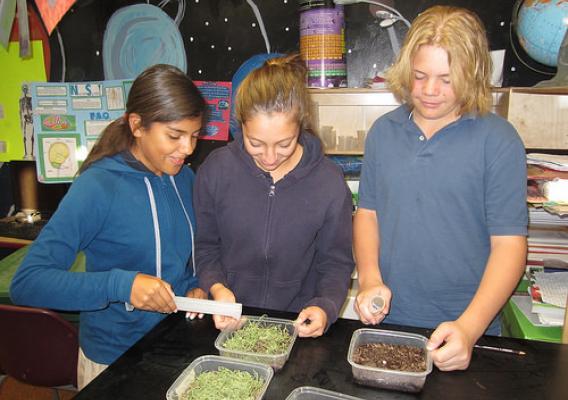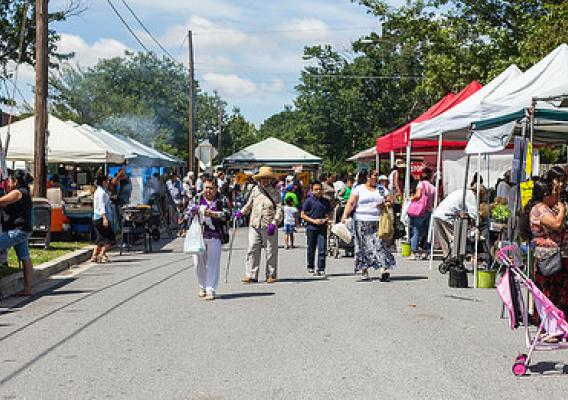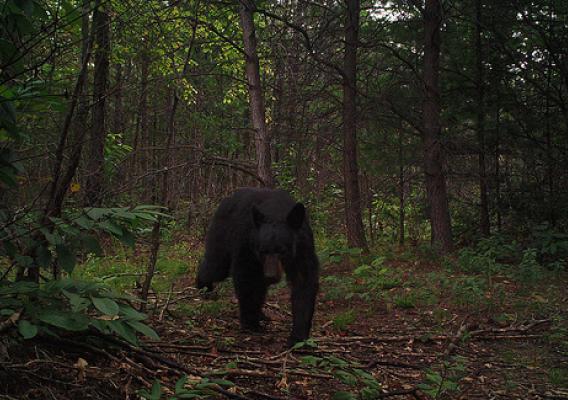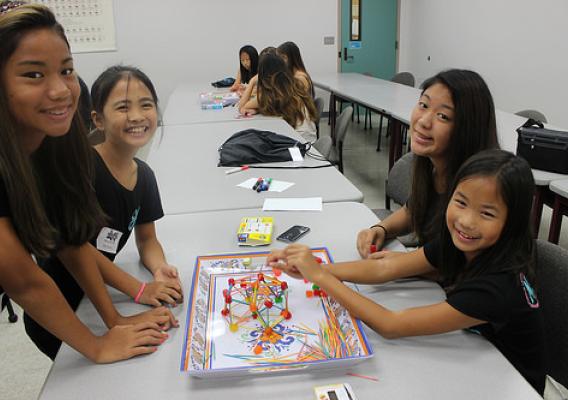Every month, USDA shares the story of a woman in agriculture who is leading the industry and helping other women succeed along the way. This month, we hear from Dr. Cathy Kling, a Charles F. Curtiss Distinguished Professor of Agriculture and Life Sciences and a professor of economics at Iowa State University. She has served as the director of the Center for Agricultural and Rural Development (CARD) since July 2013. She received a bachelor's degree in business and economics from the University of Iowa and a doctorate in economics from the University of Maryland. In 2015, she became the first female ISU faculty member named to the National Academy of Sciences. In her work at CARD, Kling is undertaking research to examine how agricultural practices affect water quality, wildlife, soil carbon content, and greenhouse gases.
How did you first become interested in studying economics? What drove you to explore agriculture in particular?
I took an undergraduate economics class as a sophomore in college. Within a few weeks I had changed my major to economics and by the end of the semester I had decided to go to graduate school to study more about this amazing field. I didn't begin my work in agricultural economics for many years, and my interest in agriculture stem largely from my primary interest in environmental issues. I consider myself an environmental economist with strong interest in agricultural issues related to the environment.










